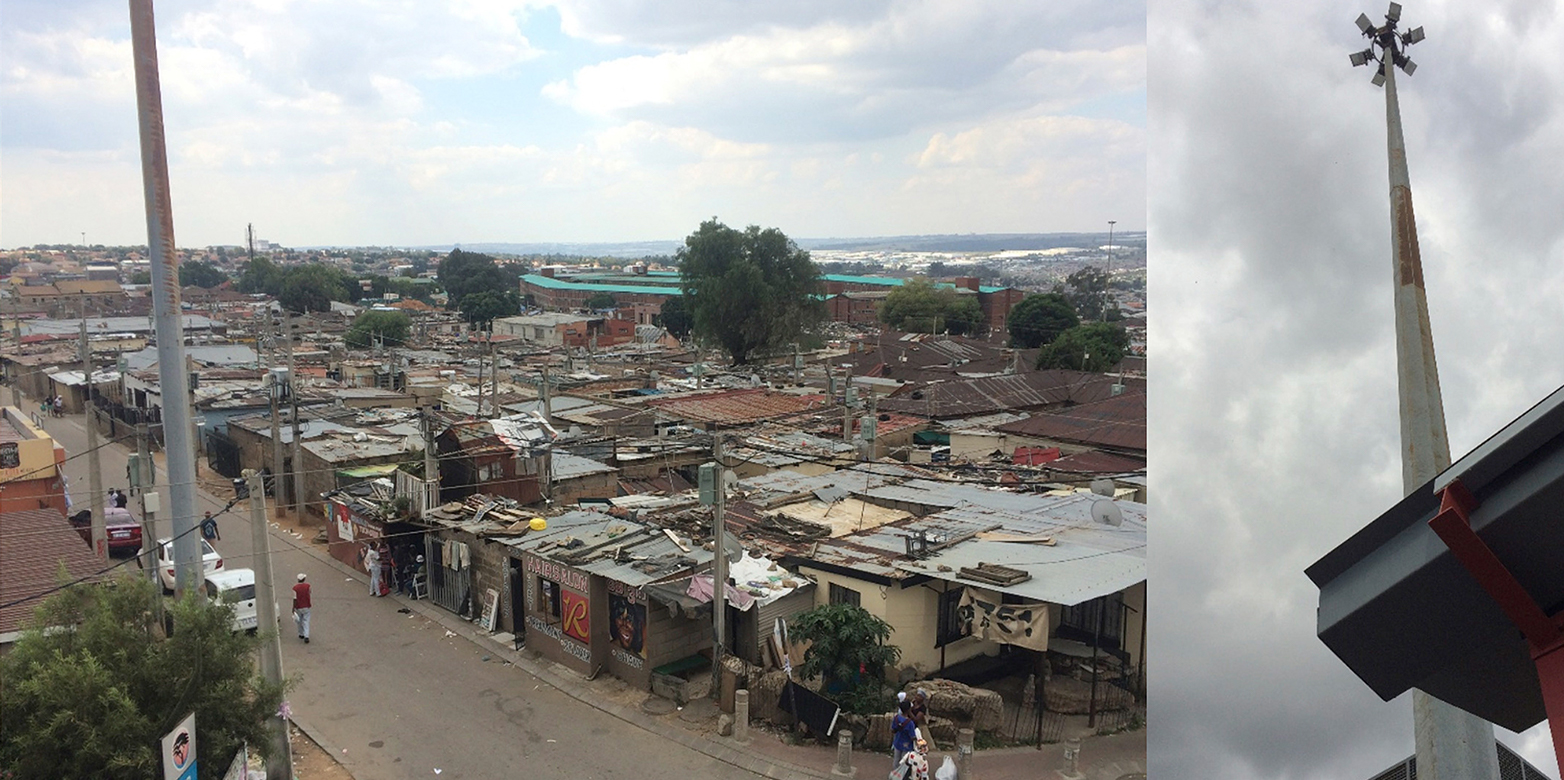High-mast lighting as an adequate way of lighting pedestrian paths in informal settlements?
The night-time condition in informal settlements is often characterised by a lack of light on pedestrian path networks. A common technological approach in some countries to address these needs is to provide high-mast luminaires. In his paper, ISTP researcher David M. Kretzer shows that the application of high-mast luminaires has several limitations, as it fails to create adequate consistent lighting conditions in common forms of informal settlements.

Abstract
Lighting of pedestrian paths fulfils crucial needs for informal settlement dwellers. A common technological approach in some countries to address these needs is to provide high-mast luminaires. In this paper it is shown by computer simulation that those luminaires are not able to create adequate consistent lighting conditions in common forms of informal settlements. Illuminance uniformity requirements are not met within the entire pedestrian path network. Furthermore, a significant part of the light is emitted on the dwellings’ roof and hence results in light pollution.
- Article: "High-mast lighting as an adequate way of lighting pedestrian paths in informal settlements?"
- Journal: Development Engineering (2020)
- Author(s): David Michael Kretzer
- For the full article and study’s main findings, please visit the external page Development Engineering homepage.
- For further information regarding the research project on the impact of lighting technology on informal settlements, please visit the Urban Research Incubator homepage.